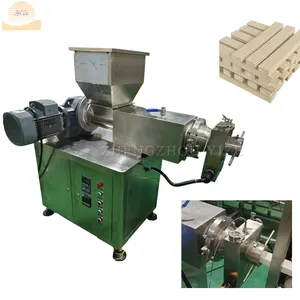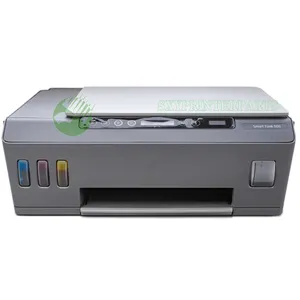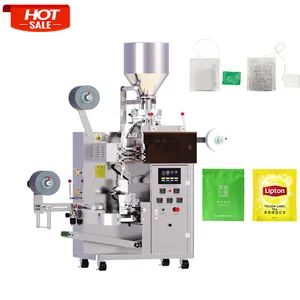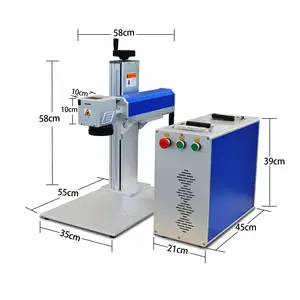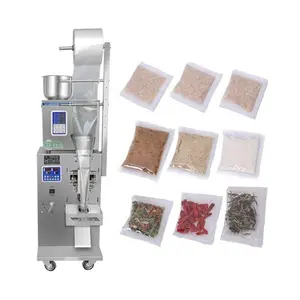Popular in your industry































































Top categories
About material handling blower
A material handling blower is a sophisticated apparatus engineered to transport and manage a variety of bulk substances, including particulate and granular materials, across numerous industrial operations. These blowers play a pivotal role in industries that demand meticulous material management and conveyance, such as manufacturing, agriculture, and construction. The performance and dependability of a material handling blower are indispensable for the seamless functioning of these activities.
Types and Applications of Material Handling Blowers
Material handling blowers come in diverse forms, each designed with distinct features to cater to specific industrial applications. Blowers capable of withstanding high temperatures are crafted for the intense heat of smelting and forging, where ordinary equipment would falter. Belt-driven rotary blowers are prized for their versatility and ease of upkeep, proving indispensable across industries from carpentry to waste management. Furnace blowers, especially those optimized for quiet operation, are essential for sustaining air quality and thermal regulation in environments where precision and worker comfort are of the essence. Each blower variant is a vital element in its domain, ensuring materials are managed with safety, efficiency, and the highest level of care.
Structure and Features of Material Handling Blowers
The architecture of a material handling blower reflects a commitment to practical design, with each element fulfilling a specific role. The sturdy housing, built to endure the rigors of industrial settings, encases the apparatus and upholds its structural integrity. Within this enclosure, the impeller spins, propelled by a motor either directly or through a belt-drive mechanism, which permits speed modulation and diminishes motor wear. The design of the inlet and outlet ducts optimizes airflow and reduces resistance, facilitating efficient material transit. Advanced enhancements may include vibration dampers to mitigate noise and wear, alongside variable frequency drives (VFDs) for precise motor speed regulation in response to the system's immediate needs.
Materials and Durability
The construction materials for a material handling blower are selected for their endurance and superior performance in demanding conditions. Aluminum alloys offer a robust yet lightweight alternative, easing the installation and maintenance burden. Cast iron, with its vibration-damping capacity and longevity, is the material of choice for high-pressure scenarios. Stainless steel, favored for its anti-corrosive properties and inertness, is crucial in sectors where avoiding contamination is paramount. The resilience of these materials guarantees that the blowers deliver steadfast service over prolonged periods, even within the most unforgiving industrial milieus.
Business Usages and Applications
The material handling blower is a multifaceted instrument integral to a broad spectrum of business operations. In agriculture, it is indispensable for silo aeration and the movement of grain and feed. The construction sector employs these blowers for dust abatement, safeguarding air quality on sites and adhering to health and safety standards. Within manufacturing, blowers are central to the transfer of raw materials between stages, bolstering productivity and curtailing contamination risks. The deployment of these blowers across various industries underscores their role in augmenting business value by enhancing operational efficacy, safeguarding product integrity, and fostering a secure work environment.
Functions and Performance
The foremost role of a material handling blower is to guarantee the secure and proficient transportation of materials. Capable of managing an array of substances, from delicate powders to coarse granules, these blowers prevent damage and loss. Their ability to provide unceasing airflow is vital for processes such as cooling, drying, and pneumatic conveying. The hallmark of blower performance lies in their consistent air delivery and pressure maintenance, which are essential for the preservation of material integrity and the uniformity of the final product.
Features and Unique Selling Points
Material handling blowers boast a suite of features that bolster their utility and distinguish them from their rivals. Models that are waterproof and highly efficient cater to enterprises aiming to diminish their environmental footprint and operational expenses. Some blowers are crafted with sustainable materials and incorporate energy-conserving technologies, appealing to firms with a pronounced environmental ethos. The unique selling propositions of these blowers often encompass their adaptability, allowing for customization to meet precise industrial demands, and their sophisticated control systems, which offer precision and flexibility in material management.
Benefits and Advantages
Employing a material handling blower confers a multitude of benefits and advantages upon industrial processes. These devices are engineered to amplify the efficiency of material handling, diminishing the time and labor involved in material movement. They also contribute to a more hygienic work setting by minimizing dust and other airborne pollutants. The precision operation of these blowers reduces material wastage and improves the quality of the end product. Moreover, the automation they provide alleviates physical strain on workers, thereby enhancing workplace safety.
How does a material handling blower contribute to industrial safety?
A material handling blower plays a significant role in bolstering industrial safety by curtailing the manual handling of potentially perilous materials. By automating the movement and containment of substances, blowers reduce human contact with dust, chemicals, and other hazardous agents. Additionally, the judicious use of blowers can avert material spillage and contamination, which are prevalent safety risks in industrial settings.
What are the maintenance requirements for a material handling blower?
Proper upkeep of a material handling blower is vital to its longevity and optimal functioning. Routine inspections are advised to identify signs of wear, particularly on the impeller and drive mechanisms. Regular cleaning to prevent accumulation of materials and diligent lubrication of components are also crucial maintenance tasks. For detailed maintenance schedules and practices, manufacturers' guidelines should be consulted.
How to select the right material handling blower for your business?
Choosing the appropriate material handling blower for your enterprise entails evaluating various factors. Consider the characteristics of the materials to be handled, the necessary pressure and volume flow rates, and the operational environment's conditions. Assessing power source options and the potential for customization to suit specific processing requirements is also critical. Engaging with manufacturers and comparing different models and their features will assist in making an informed selection that meets your business's needs.
